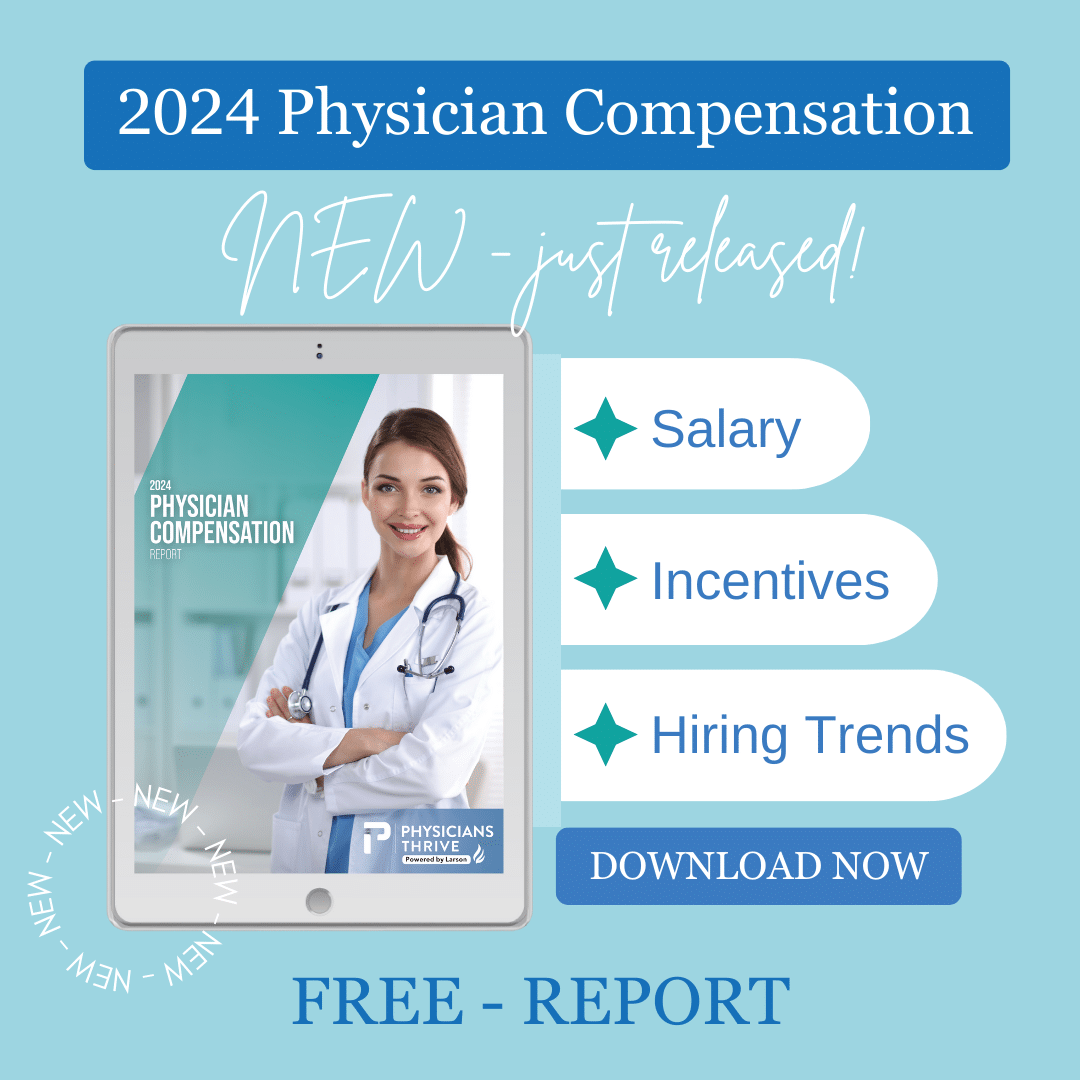As a medical school student, you probably already have a general understanding of what the ERAS system is. The further along you are in medical school, the more likely you’ve heard your peers chatting about it.
Some students wait until it’s time to register to learn the system and all of its complexities. Other students prefer to get a leg up and do their research on ERAS in advance.
By the end of your third year of medical education, you’ll need to start thinking about which residency training program you want to attend. And that means you’ll need to have a thorough understanding of what the Electronic Residency Application Service is all about.
Whether you’re ready to fill one out now or preparing in advance, here’s everything you need to know about submitting an ERAS application.
Table of Contents
Does Every Medical School Student Need to Submit an ERAS Application?
Every medical student that intends to participate in the residency match will need to submit an ERAS application.
ERAS is the online application system for medical school students looking to apply to residency programs. Through ERAS, you can submit your residency applications, upload supporting documents, and upload transcripts required by residency programs.
ERAS is not a matching service, nor does registering for ERAS qualify you to take part in the National Resident Matching Program. That is a different entity, and you’ll need to register with the NRMP separately.
Know the ERAS Timeline
The key to navigating ERAS is to know the ERAS timeline, and you should research it far in advance so that you don’t miss any critical deadlines.
The deadlines for ERAS 2022 residency applications have already passed, but you can check the Association of American Medical Colleges website for the timelines for 2023 and beyond. The AAMC publishes the new ERAS timeline every year as soon as it becomes available.
While specific dates and deadlines are subject to change from year to year, here is a general overview of the ERAS timeline, how the application process works, and what you’ll need to do when.
June Prior to Your Final Year of Medical School:
Obtain an ERAS token from your designated dean’s office. You’ll only receive one token per application season, and you’ll need this in order to register for MyERAS. You can only use each token once, so it’s essential to ensure that all information on your application is thorough, accurate, and complete.
June is the month in which the MyERAS registration season opens. Once you have your token, use it to register and create your MyERAS online account.
The Summer Before Your Final Year of Medical School:
You can submit your application as soon as you register with your token. The deadline for MyERAS applications is the end of September.
Once you submit your application, you can start applying for residency programs.
September of Your Last Year of Medical School:
ERAS begins releasing certified applications to the residency programs you’ve applied to at the end of September. Before that can happen, you’ll need to upload various supporting documents (more on that below). You can start gathering and uploading your supporting documents as soon as you set up your MyEras account.
Around this time, you’ll also need to register for the NRMP to participate in the upcoming season’s match program. The NRMP deadline for registration is the end of November.
February of Your Last Year of Medical School:
Once you’ve interviewed for potential residency programs, you’ll need to create your rank order list. You will need to submit this through the NRMP by the February deadline in order to qualify for the current season’s match.
Wondering what sort of salary you’ll make as a resident? Check out our Residency Salary Compensation Guide for New Physicians
Along With Your Application, You’ll Need to Submit Other Documents
Your ERAS application is just one of many documents you’ll need to submit before you can apply to residency programs. There are a variety of application materials you’ll need to gather and input into the ERAS system:
Personal Statement
While your CV and transcripts are critical, the personal statement portion of the ERAS application might be the most crucial component of all.
The personal statement is essentially an essay, similar in some ways to a college entrance essay.
The personal statement is your chance to explain why you want to enter the specialty you’ve chosen. It’s your chance to further explain some of the skills or qualities you have that will make you a successful resident. It’s an opportunity to elaborate on why you’ve chosen to apply to a particular program.
Your personal statement should be detailed and anecdotal. It should have a thesis, a strong introduction, and a clear conclusion. And, of course, it should be perfectly written with perfect grammar and formal language.
Always proofread your personal statement and ask colleagues or mentors to read it over before you send it. (You can amend the personal statement after you submit your application, but it’s better to make sure that it’s faultless before submitting it the first time.)
Letters of Recommendation
Most residency programs require three letters of recommendation (LORs) but allow you to submit up to four.
These letters should be written from professionals who have supervised you in clinical settings, such as physicians with whom you have done rotations. At least two of those letters should be from physicians in the specialty you intend to train for in residency.
When requesting LORs, do so in a timely manner. Don’t wait until a week before the deadline to ask for a recommendation. Instead, make the request at least a month in advance to give the physician enough time to create a genuine, thoughtful letter.
You can store as many LORs as you like in the ERAS system. If you have five or six physicians you can ask for recommendations, do so. That way, you can pick and choose the most powerful ones or send different ones to different programs.
MSPE Dean’s Letter
The medical student performance evaluation (MSPE), is a letter from your dean’s office that provides a summation and general evaluation of your medical school performance. It contains your academic history and progress, as well as noteworthy characteristics that make you stand out from other students in your program.
Medical School Transcript
Whether you take the USMLE or the COMLEX-USA exam, you’ll need to submit your transcripts to all residency programs you apply to. You can request your transcripts directly through the MyERAS documents/additional documents section of the website.
ERAS Photo (Optional)
Including an ERAS photo is optional, but it can be an asset to your application if done the right way.
Your ERAS photo should be professional.
Try to take it with a high-quality camera in the proper lighting. It should portray you as someone intelligent, trustworthy, and hardworking. Put on a suit jacket or blazer, fix your hair, and smile!
Before uploading your photo, make sure it adheres to the ERAS photo requirements in terms of file size, resolution, and photo size.
USMLE Transcript or COMLEX Transcript
USMLE and COMLEX transcripts are some of the only supporting documents you can submit after you’ve certified and submitted your application. However, if your scores are ready, it’s best to include them with the original application and other documents.
Different residency programs have different deadlines for submitting and uploading transcripts. Be sure to check with your chosen residency programs to ensure that you don’t miss their deadline.
Supplemental ERAS Application
As of September 2021, the AAMC is testing out what they’re calling the “supplemental ERAS application” in the fields of dermatology, general surgery, and internal medicine.
The supplemental application does not replace the ERAS application. It is used in conjunction with the main application as a way for residency programs to gain more insight into who you are as a candidate. Depending on the results of the 2021 supplemental application trial, it could become available to students in other specialties next year.
The supplemental application asks a few specific questions designed to get to know a student better.
Questions such as “have you overcome obstacles in your journey?” and “what are your five most meaningful experiences?” are designed to delve deeper into the student as a person, rather than just focusing on their work and educational experience.
Discover: Moonlighting Medical Residents: Side Gigs to Make More Money
How to Fill Out the “Experiences” Portion of the ERAS Application
As you fill out your ERAS application, you’ll see individual sections that ask for personal and biographical information, educational information, and information about your experience.
It’s the “experience” section of the application that tends to trip people up.
Here are some tips on how to fill out the experiences section of the application.
The experience section is your place to discuss three specific things:
- Research experience
- Work experience
- Volunteer experience
In comparison to the application as a whole, it may seem like a small part, but it’s a chance to truly set yourself apart from the competition.
Choose the experiences that you’re most proud of or that are the most impressive. You do not need to detail every part-time job you’ve ever held, every club or organization you’ve ever belonged to, or every charity event you’ve attended. Instead, focus on a few key experiences that will make an impact and give a good overall sense of who you are.
If you have a bevy of experiences, a good way to cut down on them is to limit your experiences to those that occurred during or just prior to medical school.
When you describe your experiences, do so with clear, concise, and powerful language. Don’t go into excessive detail. Detail only the most important aspects or elements of the experience.
Related: Understanding Your Resident Doctor Employment Agreement
Prepare to Pay ERAS Fees
Along with submitting your application and supporting documents, you’ll have to pay some fees for ERAS to submit your information to the residency positions you’re applying for.
The standard application fee is $10, which allows you to apply to a maximum of ten residency programs.
If you intend to apply to more, you’ll have to pay more:
- For every additional program 11-20: $17 per program
- For every additional program 21-30: $21 per program
In addition to application fees, there are also transcript fees to submit your test scores. Both the USMLE and COMLEX transcript fees cost $80 each.
Common ERAS Application Mistakes
The ERAS application process can be complex, as it involves many different parts.
To make the process run smoothly, avoid these common mistakes that many medical students make:
Submitting Your Application Before It’s Perfect
Take the time to make sure that your application is error-free.
Once you submit and certify your application, the only thing you can amend is your personal statement. All other information must remain as is, so triple-check that your information is correct.
Attempting to Change Document Assignments
There may be instances where you want to assign specific letters of recommendation to specific programs.
Once you assign a LOR to a particular program, you cannot reassign it. Make sure that you attach the right LORs to the correct residency applications.
Creating a Generic Personal Statement
Your personal statement is your chance to stand out from the competition. Take the time to craft a well-written statement that’s unique and captures who you truly are.
Omitting Supporting Documents
You can’t send applications to residency programs if they’re missing supporting documents. Omitting or missing documents (whether intentionally or unintentionally) can delay the application process.
Waiting Until the Last Minute
Don’t wait until a day or two before the September deadline to start working on your application. The ERAS application takes time, so it’s best to begin working on it as soon as you receive your token.
Once your application is complete and you’ve checked to ensure it’s perfect — certify it. There’s no need to wait until the day before the deadline to submit.
Not Knowing the ERAS Timeline
In the spring of your third year of medical school, check the ERAS website or the AAMC website for a complete and accurate timeline of the application process for the upcoming year.
While deadlines generally fall around the same time each year, specific dates can change. It’s crucial to have all relevant dates on your calendar to avoid missed deadlines.
It’s never too early to start planning for your future. Read: The 3 Biggest Financial Mistakes New Doctors Make
What IMGs Need to Know About the ERAS Application Timeline
For international medical graduates, there is one more crucial step in submitting an ERAS application:
Applying for ECFMG certification.
All IMGs must apply for certification from the Educational Commission for Foreign Medical Graduates before they can register with MyERAS. The ECFMG provides the residency tokens required to register for MyERAS, so you’ll need your ECFMG identification number in order to receive your registration token.
There are many steps in the ERAS application system, and they’re all necessary to participate in the NRMP and learn which program you’ve matched with on Match Day.
For more information on ERAS, ECFMG certification, or applying to residency programs, contact Physicians Thrive now.
Subscribe to our email newsletter for expert tips about finances, insurance, employment contracts, and more!









































